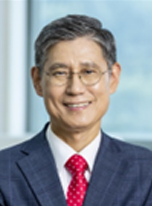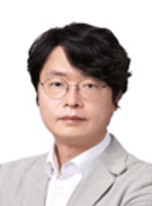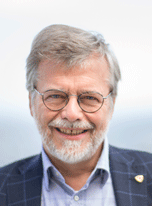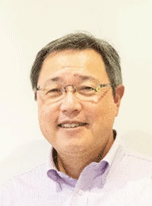2022 차세대 리소그래피 학술대회
2022 Next Generation Lithography Conference
The Next Decade Visioning for Lithography
Aug. 17 (Wed.) ~ 18 (Thu.), 2022
Suwon Convention Center, Suwon-si, Gyeonggi-do, Korea
Accompanying Event: ASML TechTalk [Aug. 19 (Fri.), 2022]




